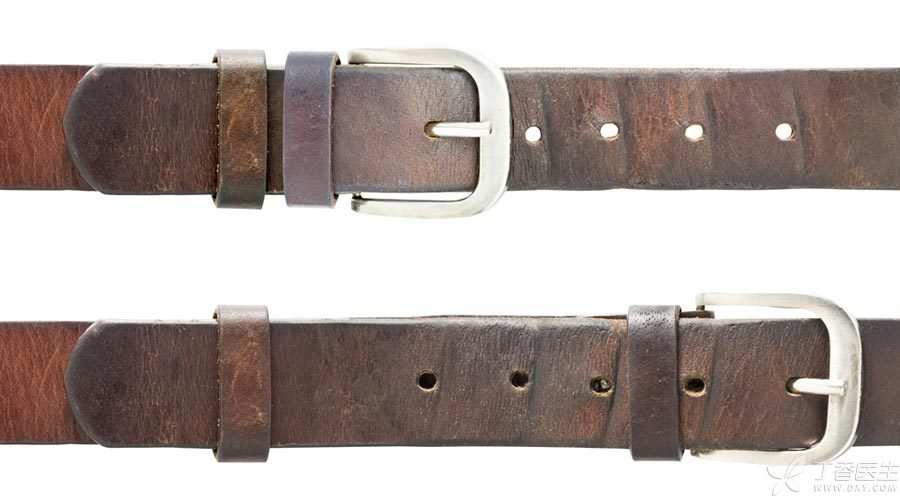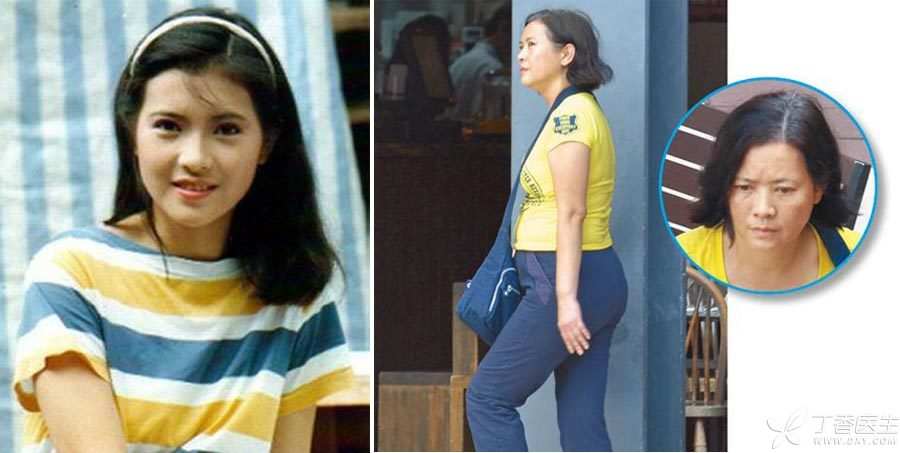
There are two common views among the public:
Some people say that you should be fat when you get older.

The reason is that a fat spot has a ruddy complexion, which shows that you are in good spirits and have good resistance. You can withstand a minor problem. If you lose weight, your legs and feet are weak, you are fragile, and you cannot carry any disease.
However, some people have said that people should be thinner as they get older.

Thin legs and feet are flexible, knees are not burdened, and the body and bones also appear hale and hearty. Fat is easy to have high blood pressure, high blood sugar, high blood lipid, and cardiovascular and cerebrovascular diseases.
Which of these two statements makes sense? Is it better for the elderly to be fatter or thinner?
In fact, both views only see the single factor of weight, which is somewhat too one-sided.
The situation of the elderly is more complicated, and the requirements for weight will be different. We need to make analysis according to the basic situation of the elderly.
For example, the parents in the first conversation have just retired. If they are in good health, they should be more strict with their weight.
However, for some elderly people who are older, or whose overall physical condition is poor and whose life expectancy is short, the weight requirement is relatively loose. When wasting diseases exist, the appropriately overweight elderly even have certain advantages over the underweight.
As far as weight is concerned, it is hard to say who is good and who is bad. So, do we have what’s standards in our daily life?
1. Pay attention to waist circumference, body shape and physical structure
Usually, height and body mass index (BMI = kg/m2) is used as a reference for whether a person is obese. It is better to control BMI within the standard range or not exceeding 10% of the upper and lower limits (BMI reference range is 18.5 ~ 25.0).
However, the comprehensive consideration of waist circumference, body shape and physical structure (muscle and fat content) can more comprehensively reflect the physical condition of the elderly than simply looking at weight or BMI.
Combined with the levels of blood pressure, blood sugar and blood lipid, when conditions permit, the assessment of cardiopulmonary endurance and cardiovascular and cerebrovascular risks can also be added.
Our goal of pursuing weight control is more health than physical beauty, especially for the elderly. Therefore, it is more important to evaluate the comprehensive health status than the simple weight.
Step 2: Develop healthy living habits
For the elderly, in addition to pursuing the standardization of weight, more attention should be paid to a healthy lifestyle.
On the basis of evaluation, emphasis is placed on balanced diet and suitable exercise.
· Pay attention to the intake of high-quality protein in diet
In addition to less salt, less oil and low sugar, attention should also be paid to the intake of high-quality protein.
The protein intake of the elderly is often insufficient. The protein intake is directly proportional to muscle maintenance. The elderly need to consume 1.0 ~ 1.2 g/kg body weight (about one to two ounces) of protein every day, of which high-quality protein (fish, lean meat, milk, eggs and bean products, etc.) needs to account for half.
It is worth noting that in order to maximize protein synthesis, we need:
- Grasp the time of protein intake, and it is better to distribute it evenly in three meals than to concentrate on one meal. It is better to take protein after resistance exercise. It is better to take protein after supplementing a proper amount of carbohydrate.
Of course, it is also necessary to pay attention to the need to choose protein intake under the advice of doctors for the elderly with diseases.
· Proper exercise prevents muscle attenuation
Muscle attenuation is an important reason for the decline of the elderly’s mobility, easy fall and resistance.
You can do some anti-resistance exercises within your capabilities, such as some basic sitting leg lifts, static squatting against the wall, lifting dumbbells, pulling elastic belts, etc., which can effectively improve muscle strength and body function.
Previous exercise habits, or through the doctor’s health assessment of the elderly, can be carried out step by step, exercise forms can also be varied. Maintain the frequency of about 2 ~ 3 times a week, combined with other aerobic exercise, the time can be maintained at about 30 minutes.

3. Weight changes too much. Don’t be careless.
Without active weight intervention, weight loss has been especially obvious in recent months. We need to be alert to whether there are tumors, diabetes, hyperthyroidism and other diseases, and we need to go to the hospital to clarify the causes of weight loss.
Of course, if you gain too much weight, you also need to go to the hospital to check for endocrine problems.
To sum up, paying attention to the adjustment of a healthy lifestyle and delaying muscle attenuation require us to ensure protein intake and regular anti-resistance exercise, while large changes in a short period of time require vigilance against certain diseases.
In a word, the elderly should not worry about whether they are fat or thin, but should pay more attention to the assessment of their health status so as to keep their weight in a relatively stable and standard range.
